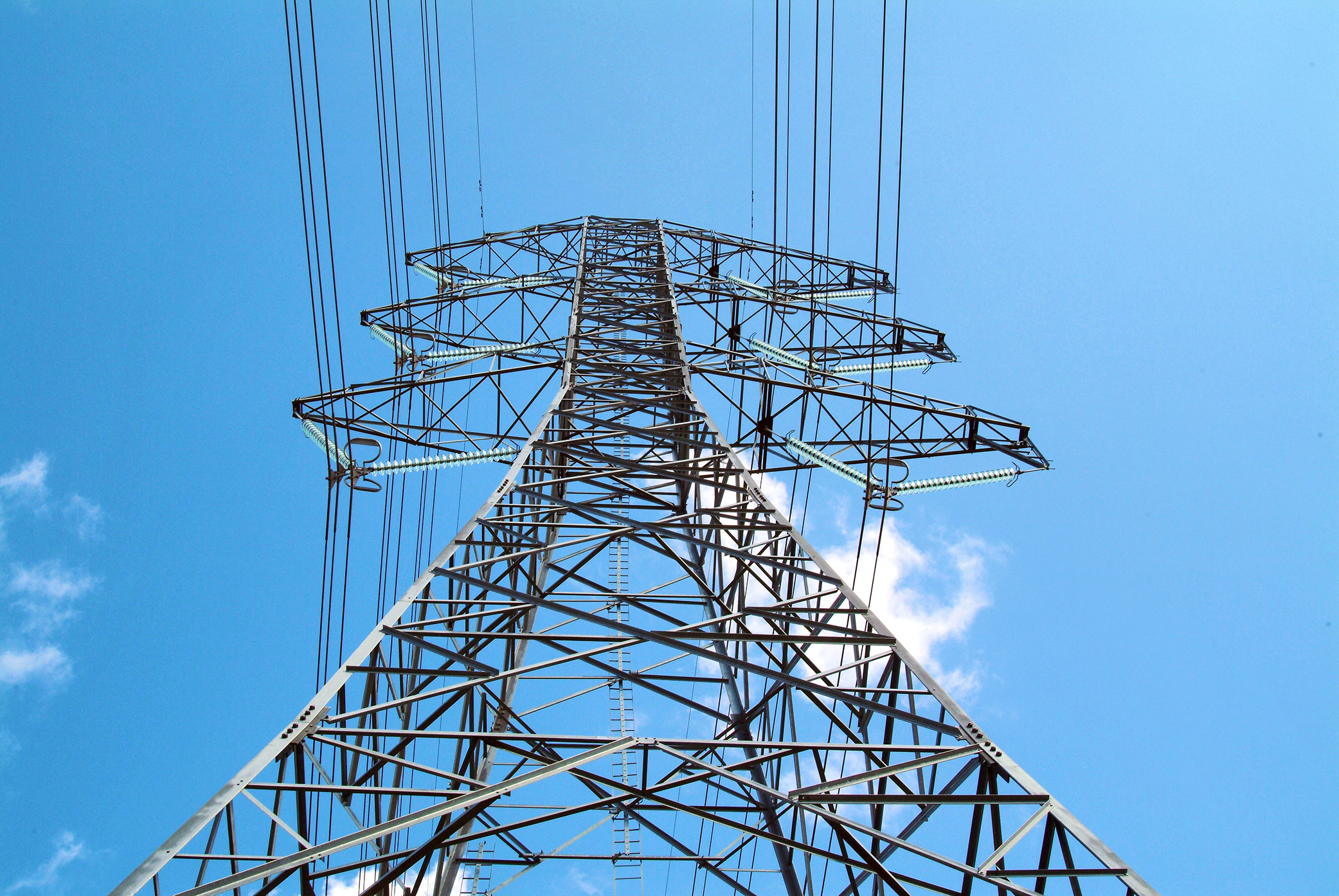Are the reasons for not cabling technical or economic?
Both. Electricity grids normally use alternating current technology, which is compatible with the alternating current produced at power plants. An alternating current cable is about 10 times more expensive than an overhead line, and it also has a shorter lifespan. Alternating current cables are not technically suitable for high-voltage transmission over long distances. On the other hand, an overhead line is a reliable and cost-effective solution. The only concern is ensuring the tree-proofness of the power line. The process of locating and repairing cable faults is considerably slower and requires more equipment than repairing overhead lines.
Do cables blend in to the landscape?
Not generally. Tunnelling an underground cable is expensive. If the cable is not tunnelled, it requires a tree-free cable area above ground, the use of which is limited. Installing a cable at a depth of 1-1.5 metres requires land excavation. A cable connection is usually longer than an overhead connection because barriers in the landscape have to be avoided.
However, the main grid does include approximately 320 km of cable. Why is this?
That 320-km segment represents a small but important part of Finland’s 14,600-km main grid. These are submarine cables that run to Sweden and Estonia. Cross-border connections implemented by means of submarine cables are the kind of direct current connections for which cables are more suitable. Transformer stations built on each side of the water convert direct current into alternating current and vice versa. This is a functional but expensive solution.
How are things done in other parts of the world?
There are only a few hundred kilometres of 400-kilovolt or larger alternating current cables in the entire world. Cables are not suitable for high-voltage electricity transmission over long distances.
More information: Fingrid’s Special Advisor Max Isaksson and Senior Advisor Liisa Haarla.







